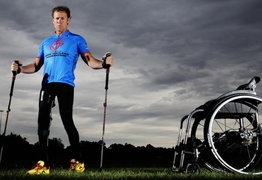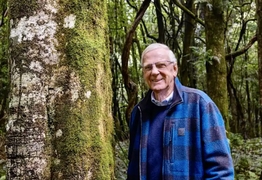Drone and teamwork help rescue boardrider off Werri Beach
Lynne Strong
25 April 2025, 11:00 PM
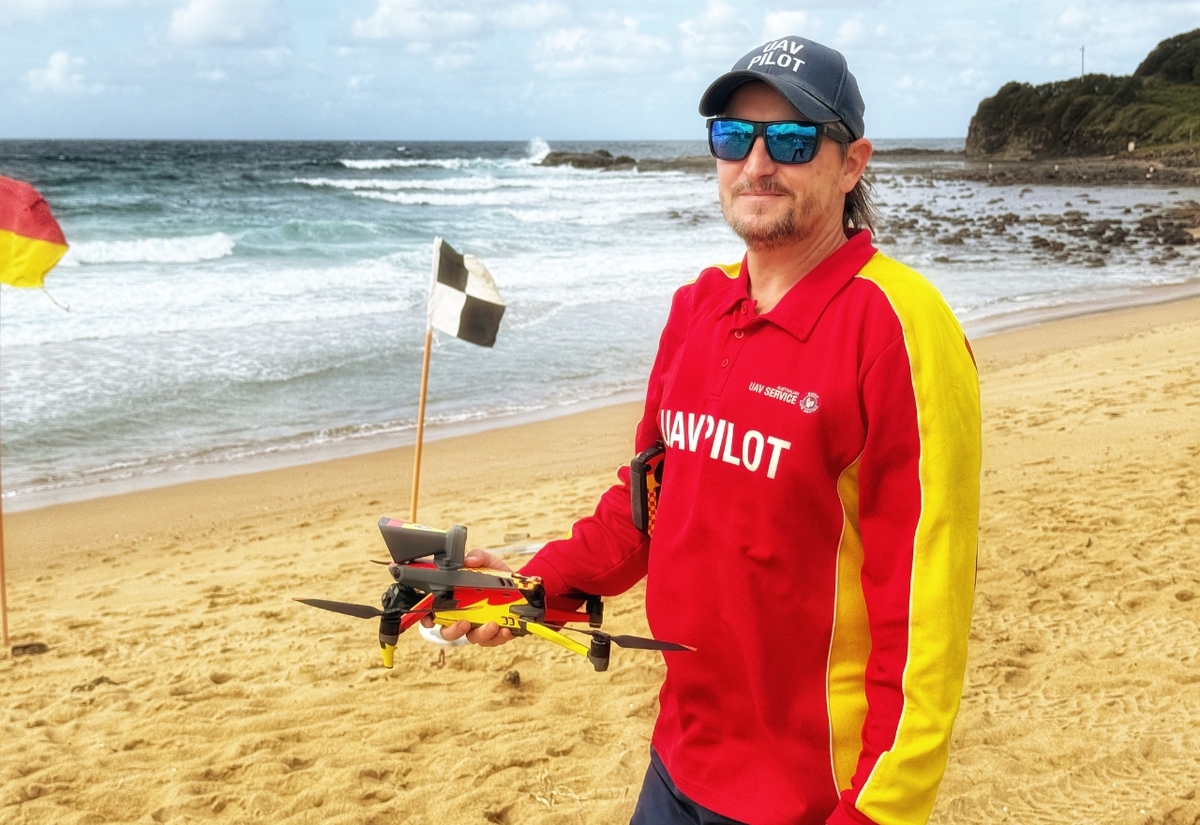 With the boardrider drifting towards Boat Harbour and the patrol yet to officially start, Richard Close used the drone’s thermal camera to track his heat signature through the haze and glare.
With the boardrider drifting towards Boat Harbour and the patrol yet to officially start, Richard Close used the drone’s thermal camera to track his heat signature through the haze and glare.At Werri Beach last Friday morning, the surf was wild, the beach was closed, and visibility was poor. But high above the crashing waves, a drone hovered steadily, its operator locked in.
Ex-Navy aircrewman Richard Close had arrived early to begin his shift with the Australian Uncrewed Aerial Vehicles Service when members of the public approached him on the sand.
They’d spotted a lone boardrider drifting far from shore, waving for help.
“I was setting up for the day, doing my checks and starting the first flight,” he said.
"People came over and said they saw someone off the rocks.
"I moved the drone into position and, sure enough, there he was heading south.”
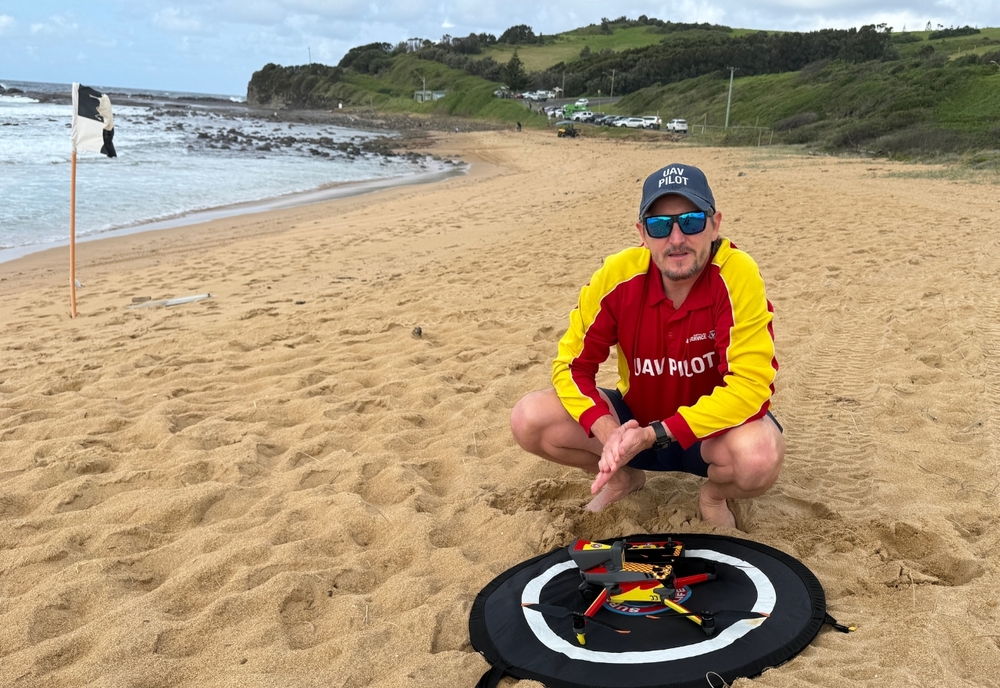
From that moment, it became a race against time.
With the boardrider drifting towards Boat Harbour and the patrol yet to officially start, Close used the drone’s thermal camera to track his heat signature through the haze and glare.
“That thermal mode made a huge difference,” he said. “You can’t always rely on the naked eye in those conditions.”
But just as he zeroed in, the drone’s low battery warning kicked in.
“I had to bring it down, swap batteries and get it back in the air – fast.
"By the time I relaunched, he’d drifted further out.”
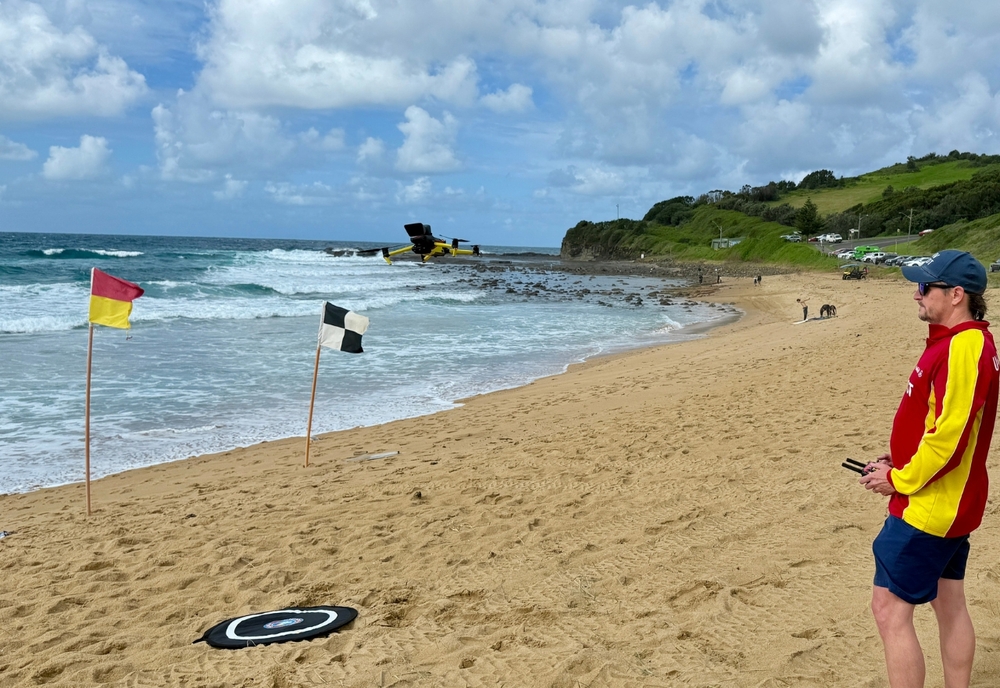
Meanwhile, Gerringong SLSC’s Mark Booth and Simon Sadler had been notified by a separate phone call from another club member.
They launched the inflatable rescue boat while Close, now joined by club president Gary George, kept tracking from the beach.
“I was relaying visuals to Gary, who was passing instructions to the boat crew via radio. We were adjusting live – locating the boardrider, tracking the boat, finding the best intercept path.”
At times, Close had to lose visual contact with the boardrider briefly just to locate the IRB and guide it in. “It was a dance,” he said. “But once the IRB cleared the break and rounded the point, things started to settle.”
The boardrider, who had cramped up, stayed calm throughout the ordeal – waiting on his board and signalling for help. That made all the difference.
“His composure gave everyone else space to work,” Close said. “When the boat reached him, you could see it was a clean pick-up. He was in good hands.”
Within minutes, the boardrider was back on shore. The incident triggered emergency alerts and even a helicopter call-out, but no further treatment was needed.
Close, who works as an aviation instructor at HMAS Albatross, said it all came down to trust.
“You trust the training, the equipment, the people around you. It’s not about being the hero – it’s about being part of a team that works.”
So, how crucial was the drone’s thermal camera in locating the boardrider as conditions changed?
“I’d say it gave us an edge,” Close said. “We still would’ve looked – but it got us there quicker. And that’s the difference between a scare and a tragedy.”
